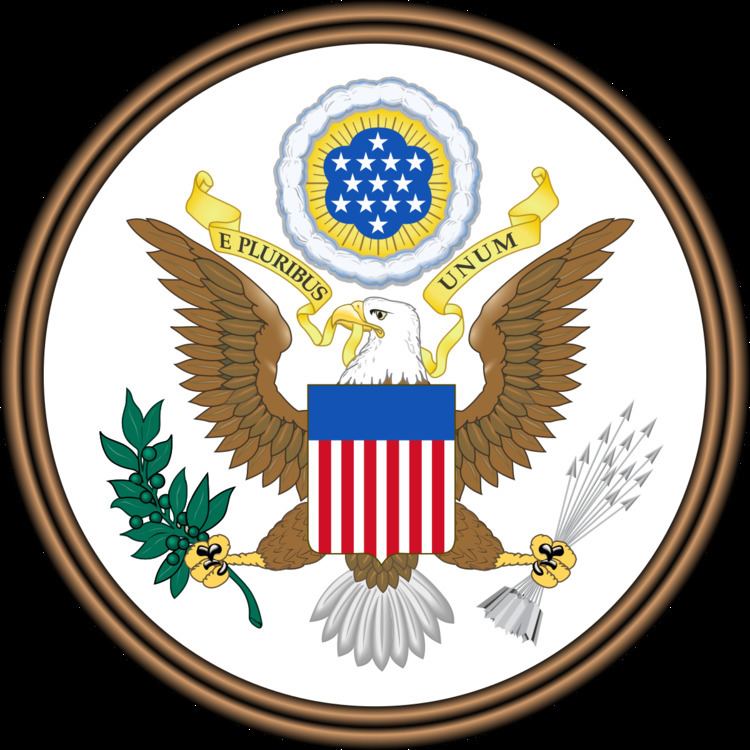Acronyms (colloquial) TILA, CCPA Public law 90-321 | Effective May 29, 1968 | |
 | ||
Long title An Act to safeguard the consumer in connection with the utilization of credit by requiring full disclosure of the terms and conditions of finance charges in credit transactions or in offers to extend credit; by restricting the garnishment of wages; and by creating the National Commission on Consumer Finance to study and make recommendations on the need for further regulation of the consumer finance industry; and for other purposes. Nicknames Consumer Credit Protection Act Enacted by | ||
The Truth in Lending Act (TILA) of 1968 is United States federal law designed to promote the informed use of consumer credit, by requiring disclosures about its terms and cost to standardize the manner in which costs associated with borrowing are calculated and disclosed.
Contents
TILA also gives consumers the right to cancel certain credit transactions that involve a lien on a consumer's principal dwelling, regulates certain credit card practices, and provides a means for fair and timely resolution of credit billing disputes. With the exception of certain high-cost mortgage loans, TILA does not regulate the charges that may be imposed for consumer credit. Rather, it requires uniform or standardized disclosure of costs and charges so that consumers can shop. It also imposes limitations on home equity plans that are subject to the requirements of 12 C.F.R. 1026.40 and certain "higher-priced" mortgage loans (HPMLs) that are subject to the requirements of 12 C.F.R. 1026.35. The regulation prohibits certain acts or practices in connection with credit secured by a consumer's principal dwelling.
History
The Truth in Lending Act was originally Title I of the Consumer Credit Protection Act, Pub.L. 90–321, 82 Stat. 146, enacted June 29, 1968. The regulations implementing the statute, which are known as "Regulation Z", are codified at 12 C.F.R. 226. Most of the specific requirements imposed by TILA are found in Regulation Z, so a reference to the requirements of TILA usually refers to the requirements contained in Regulation Z, as well as the statute itself.
From TILA's inception, the authority to implement the statute by issuing regulations was given to the Federal Reserve Board (FRB). However, effective July 21, 2011, TILA's general rule making authority was transferred to the Consumer Financial Protection Bureau (CFPB), whose authority was established pursuant to provisions enacted by the passage of the Dodd–Frank Wall Street Reform and Consumer Protection Act in July 2010. Any forthcoming regulations implementing the statute, which are also formally referred to as Regulation Z, will be codified at 12 C.F.R. 1026 and attempt to mirror the FRB's Regulation Z whenever feasible. The Federal Reserve will retain some limited rule making authority under TILA for loans made by certain motor vehicle dealers, and for certain other provisions.
The TILA introduced the Annual Percentage Rate (APR) calculation mandated for all consumer lenders. Certain misleading interest rate calculations used previously, mainly on auto loans, were barred. For more than a decade, consumer loans were reported by APR in an economically meaningful way. Then in the 1980s the auto manufacturers began to exploit a loophole in TILA and its administration. Neither the Act nor its administrators adequately differentiated between "amount financed" and "finance charges," two terms that appear on the TILA required disclosure statements. By "bundling" the price of the car and its financing charges (which come from the auto maker's captive finance company), auto makers were able to shift money between the two categories, even to eliminating the financing charge entirely. Thus "zero percent APR" financing was born.
Typical offers from auto companies are "Zero Percent APR financing available or $1,000 rebate." The consumer who elects "zero percent" financing gives up a $1,000 rebate (reduction in car price). Effectively, he or she pays $1,000 to get the "interest free" loan. Since only auto makers can do this type of bundling, banks, credit unions and other competitors are left at a disadvantage. They must disclose true APR rates while the auto makers can claim no interest costs. In the process, the typical consumer is left with a complex finance problem. "Zero percent" financing can cost a lot less, or a lot more than conventional financing with a non-auto maker institution.
Organization
The regulation is divided into subparts.
Subpart B relates to open-end credit lines (revolving credit accounts), which includes credit card accounts and home-equity lines of credit (HELOCs).
Subpart C relates to closed-end credit, such as home-purchase loans and motor vehicle loans with a fixed loan term. It contains rules on disclosures, treatment of credit balances, annual percentage rate calculations, right of rescission,non requirements, and advertising.
Subpart D contains rules on oral disclosures, Spanish language disclosure in Puerto Rico, record retention, effect on state laws, state exemptions (which only apply to states that had Truth in Lending-type laws prior to the Federal Act), and rate limitations.
Subpart E contains special rules for mortgage transactions.
Several appendices contain information such as the procedures for determinations about state laws, state exemptions and issuance of staff interpretations, special rules for certain kinds of credit plans, a list of enforcement agencies, model disclosures which if used properly will ensure compliance with the Act, and the rules for computing annual percentage rates in closed-end credit transactions and total annual loan cost rates for reverse mortgage transactions.
Exemptions
TILA requirements do not apply to the following types of loans or credit:
